Ethereum (ETH) Reclaims $3,400: Start of a New Bull Market or Short-Term Move?
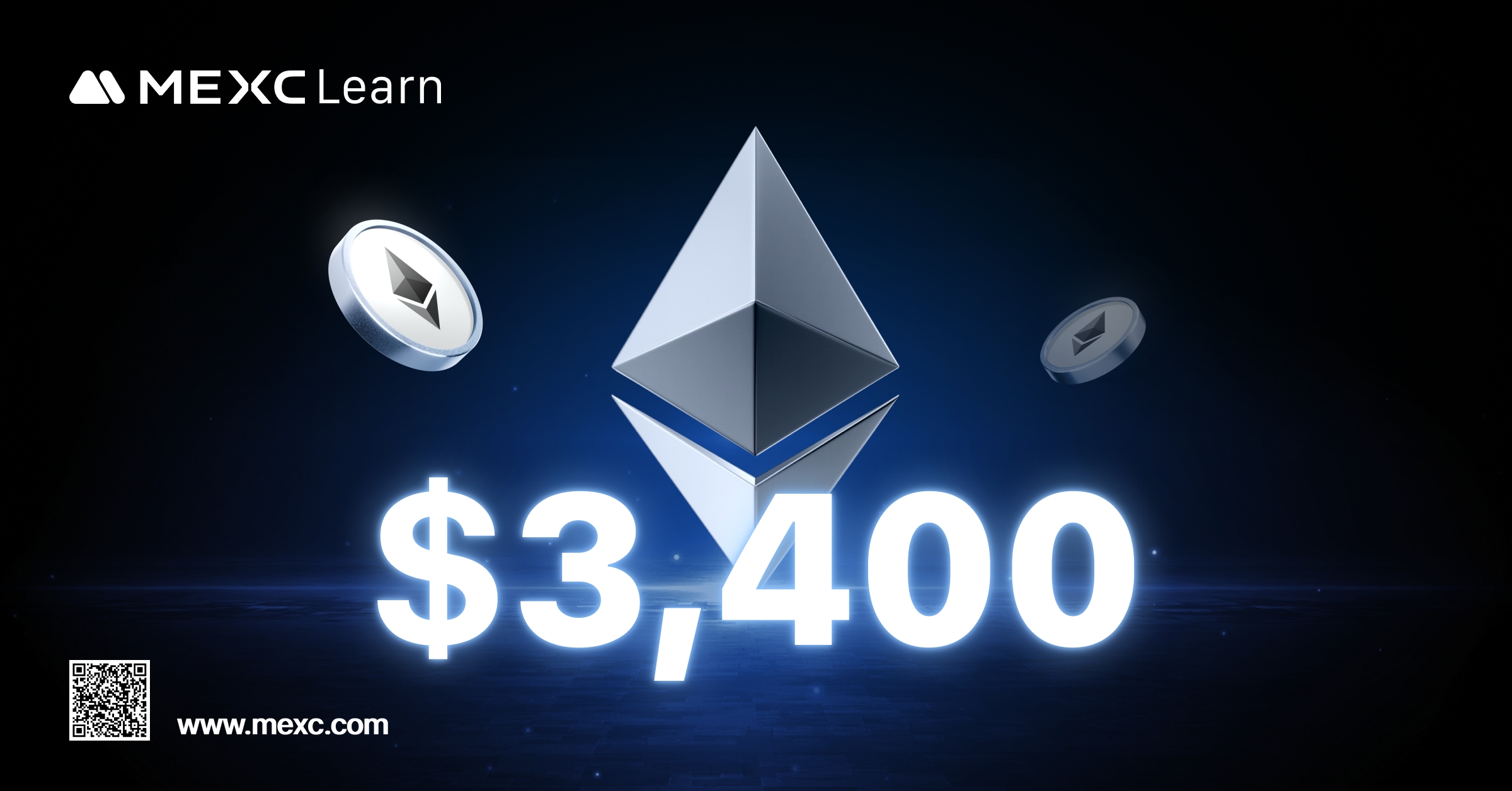
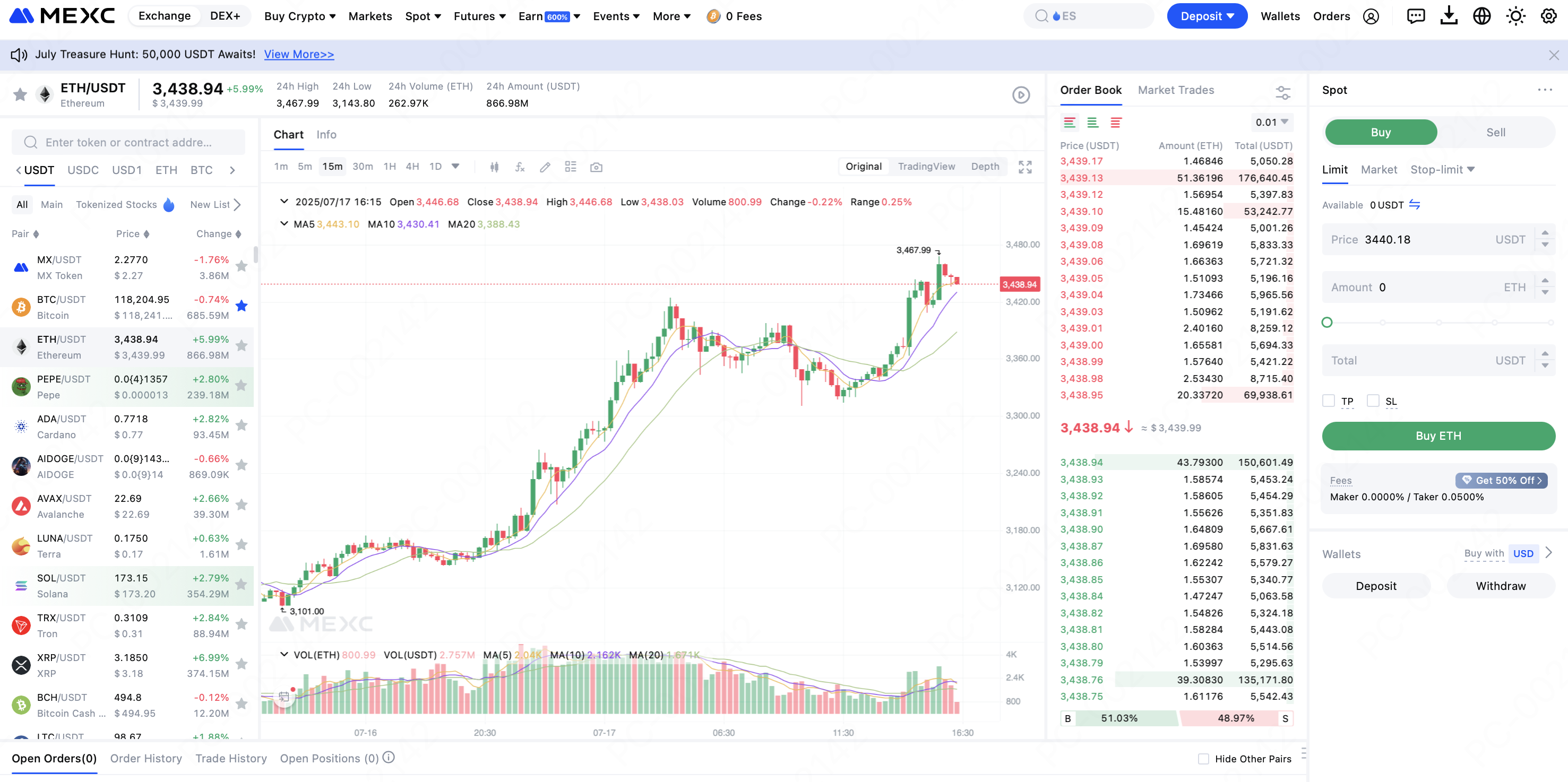
1. Ethereum Governance at a Crossroads: Diverging Paths of the ECF and EF
1.1 EF Embraces Change: From "Passive Observer" to "Strategic Coordinator"
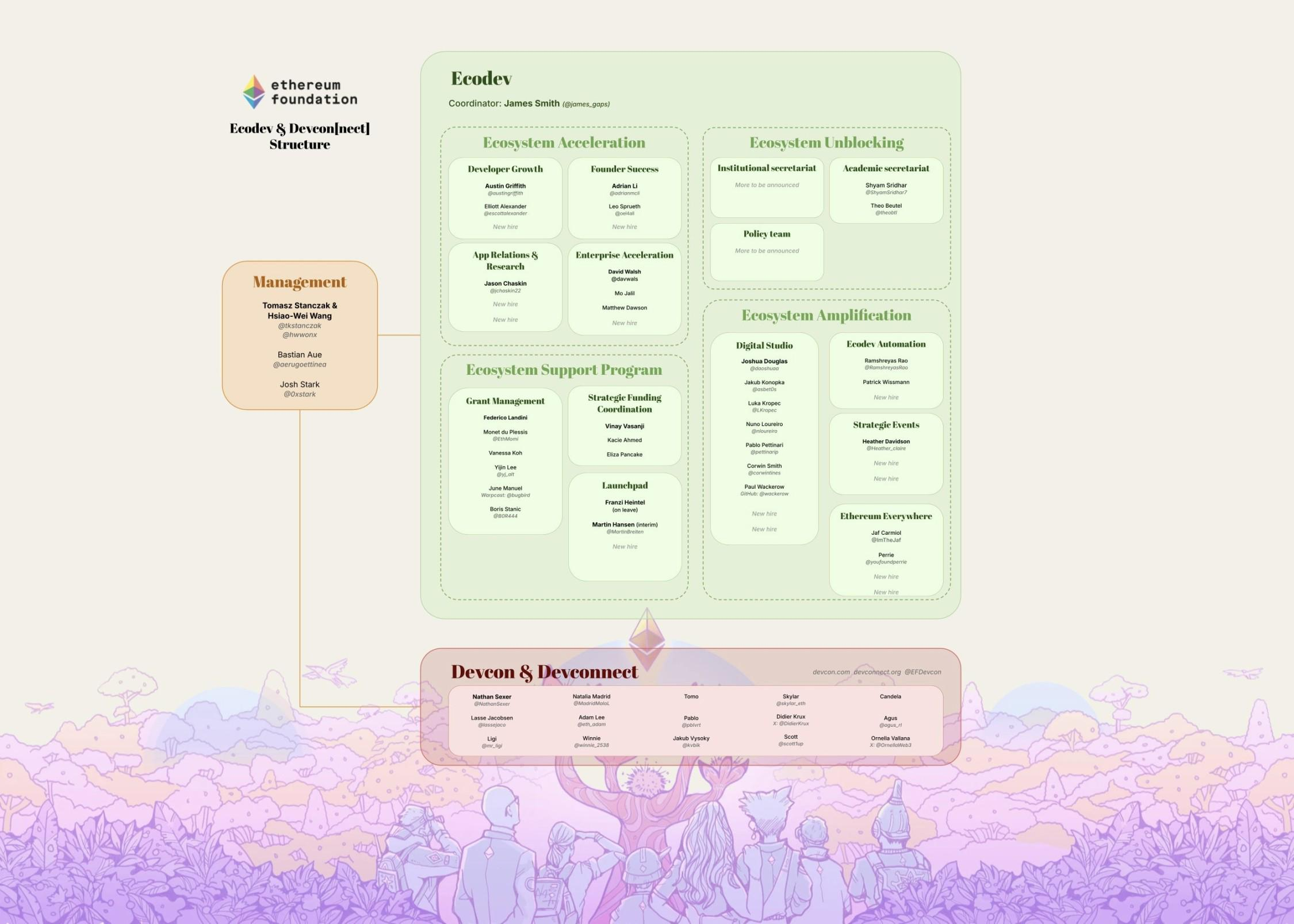
1.2 ECF Enters the Arena: A Price-Oriented Governance Flywheel
2. Institutional Capital Enters the Arena: ETH Reserves Become Wall Street's New Favorite
3. Memecoin Surge: The Wealth-Making Myth Returns on Ethereum
3.1 From Solana to Ethereum: New Opportunities in a Liquidity Migration
3.2 DeFi Integration: Leveraged Tools as "Wealth Amplifiers"
4. Potential Risks: Undercurrents Beneath the Bull Market
5. Conclusion: Will the Bull Market Continue? Rational Positioning Is Key
Popular Articles

What is ETH Currency? A Beginner's Guide to Ethereum's Digital Money
ETH is the digital currency that powers the Ethereum blockchain, serving as both a medium of exchange and the fuel for network operations.This guide explains what ETH currency is, how it works, and wh

When Was Ethereum Created? Origins and Launch Date Explained
Ethereum stands as the second-largest cryptocurrency by market capitalization, powering thousands of decentralized applications and revolutionizing blockchain technology beyond simple payments.This ar

How to Recover Funds Lost in ETH Transfer Scams? Step-by-Step Recovery Methods
Losing Ethereum to transfer scams is devastating, but recovery may still be possible if you act quickly.This guide walks you through the critical steps to take immediately after discovering fraud, fro
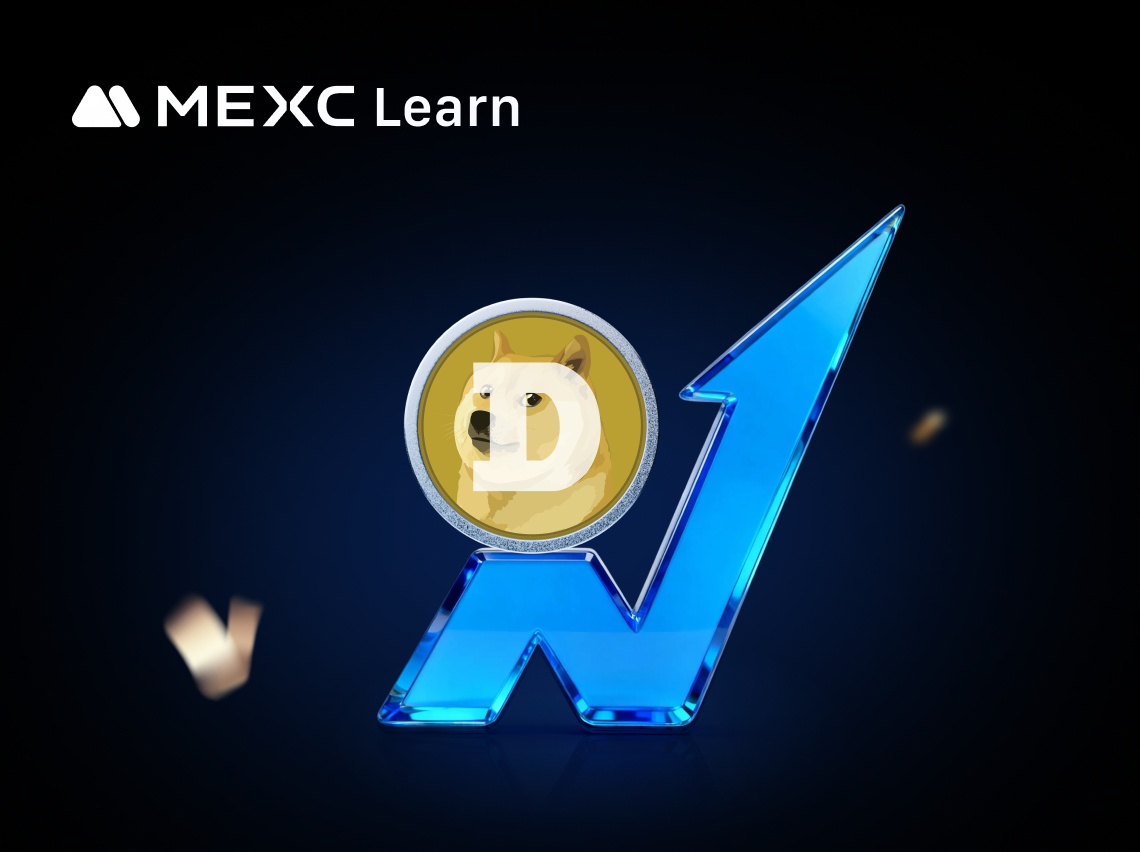
Dogecoin ETF: What We Know So Far and Whether It Could Happen
Key Takeaways:REX-Osprey Dogecoin ETF (DOJE) launched in September 2025 as the first U.S. product offering DOGE exposure via a mix of holdings and derivatives.Grayscale Dogecoin Trust ETF (GDOG) debut
Hot Crypto Updates
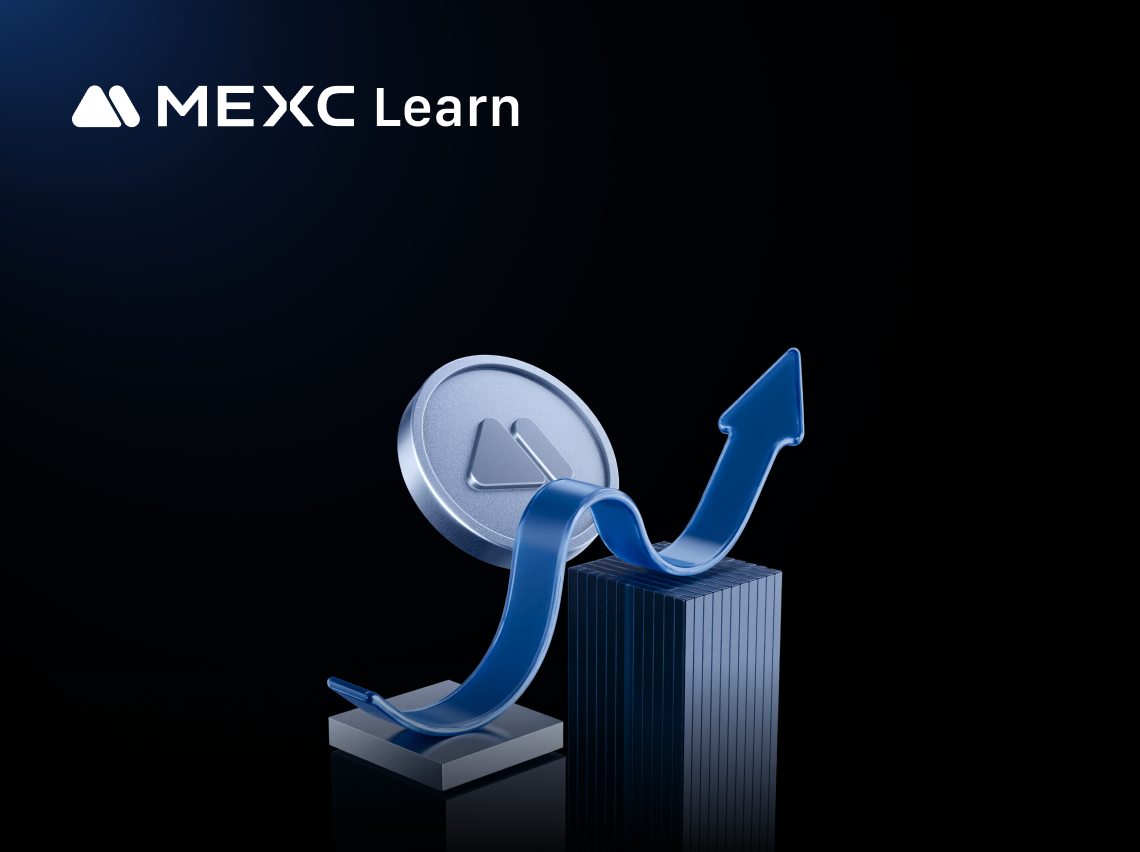
Dogecoin (DOGE) 7-day Price Change
The Latest Dogecoin (DOGE) price has shown significant movement over the past week. In this article, we'll examine its current Dogecoin price, 7-day DOGE price performance, and the market factors shap
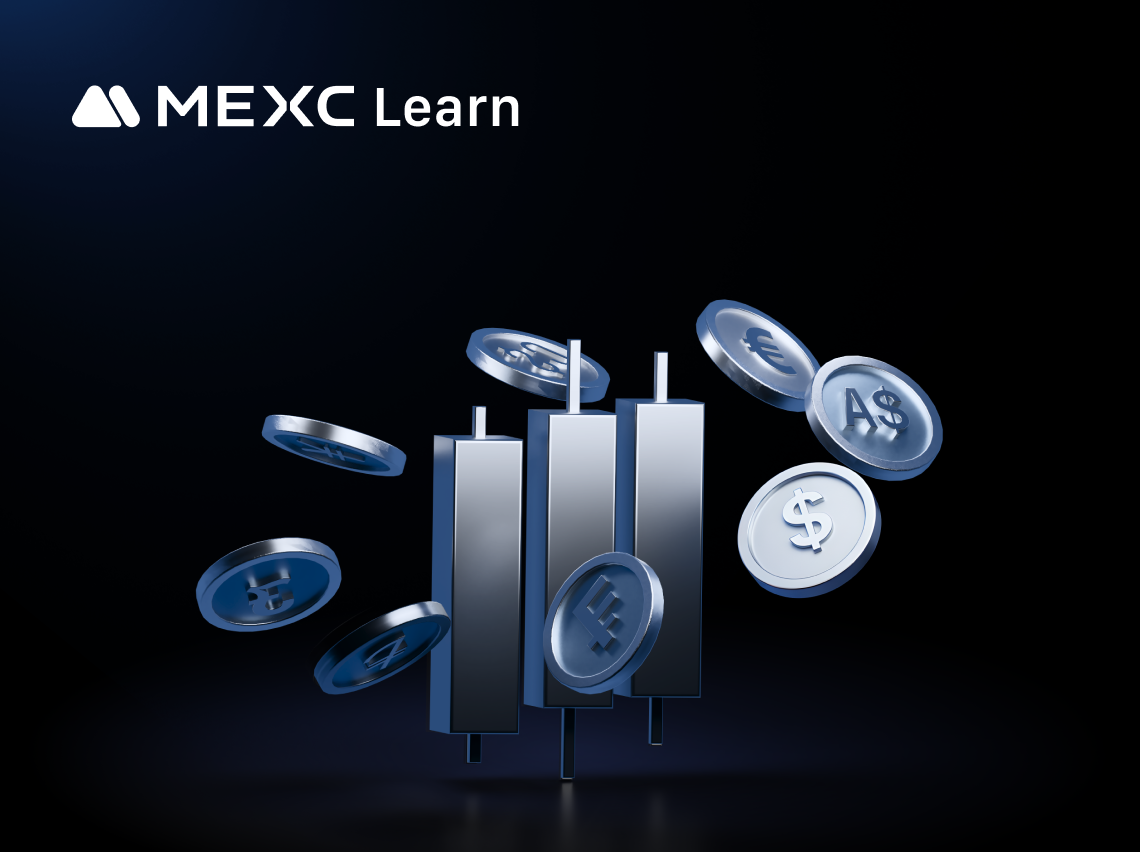
Dogecoin (DOGE) Price Prediction: Market Forecast and Analysis
Understanding the price prediction of Dogecoin (DOGE) gives traders and investors a forward-looking perspective on potential market trends. Dogecoin price predictions aren't guarantees, but they provi

Dogecoin (DOGE) Short-Term Price Prediction
Introduction to DOGE Short-Term Price PredictionsIn the fast-paced world of cryptocurrency trading, short-term price predictions can help traders identify opportunities in daily, weekly, and monthly t
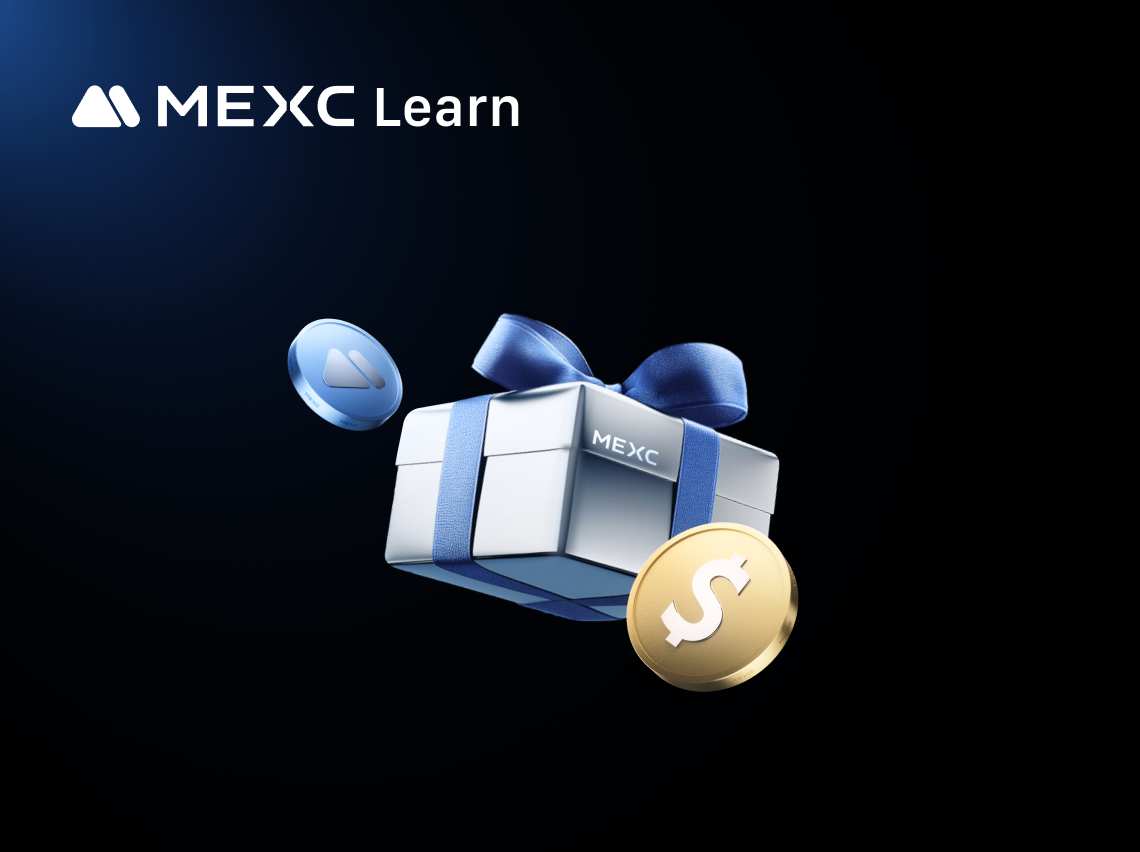
Dogecoin (DOGE) Latest Price: Fresh Market Updates
The crypto market changes minute by minute, and the latest Dogecoin (DOGE) price offers the most up-to-date snapshot of its value.[2] In this article, we highlight the newest movements, fresh data fro
Trending News

Kyrgyzstan's KGST Stablecoin Lists on Binance as World's First Som-Backed Digital Asset
Kyrgyzstan's KGST stablecoin has officially listed on Binance, the world's largest cryptocurrency exchange by trading volume, marking a significant milestone as the first digital asset backed 1:1 by t

Dormant Ethereum ICO Wallet Awakens After 10 Years, Turns $620 Into $5.85M
Data shared by Lookonchain shows the wallet originally acquired the ETH during Ethereum’s 2014 initial coin offering (ICO) for around $620. At current prices, that position has grown into a 9,435x ret

Metaplanet raises $1.4B to fuel BTC purchases and U.S. subsidiary launch
Metaplanet Inc. has formalized the subsidiary in Miami, Florida, naming it Metaplanet Income Corp.

“Inflation Is Worse Than You Think, and Bitcoin Is Better Than You Know”
Official inflation figures often understate the real cost increases households and businesses face. Housing, healthcare, education, insurance, and food prices have risen faster than headline CPI in ma
Related Articles

What Is Ethereum’s Fusaka Upgrade? A Complete 2025 Guide to the Most Important Ethereum Network Upgrade
1. Background: Why Ethereum Needs the Fusaka Upgrade Ethereum has entered a clear “rollup-first” era. Instead of processing all user transactions directly on Layer 1, the network is evolving into a gl

What is a Decentralized Exchange?
Based on data from holder.io, the total market capitalization recently reached trillions of dollars. Well-known exchanges such as MEXC, Binance, Coinbase, and others fall under the category of central

What are Ethereum Spot ETFs?
On May 24, 2024, the SEC approved the first eight Ethereum spot ETFs to be listed in the United States, including those from BlackRock, Fidelity, Grayscale, Bitwise, VanEck, Ark Invest, Invesco Galaxy

Ethereum's Authority Faces Challenge: How Are Vitalik and the Foundation Handling the Disputes?
In the blockchain space, Ethereum has long been hailed as the "King of Public Chains" due to its breakthroughs in decentralized finance (DeFi) and smart contract technology, making it an indus
